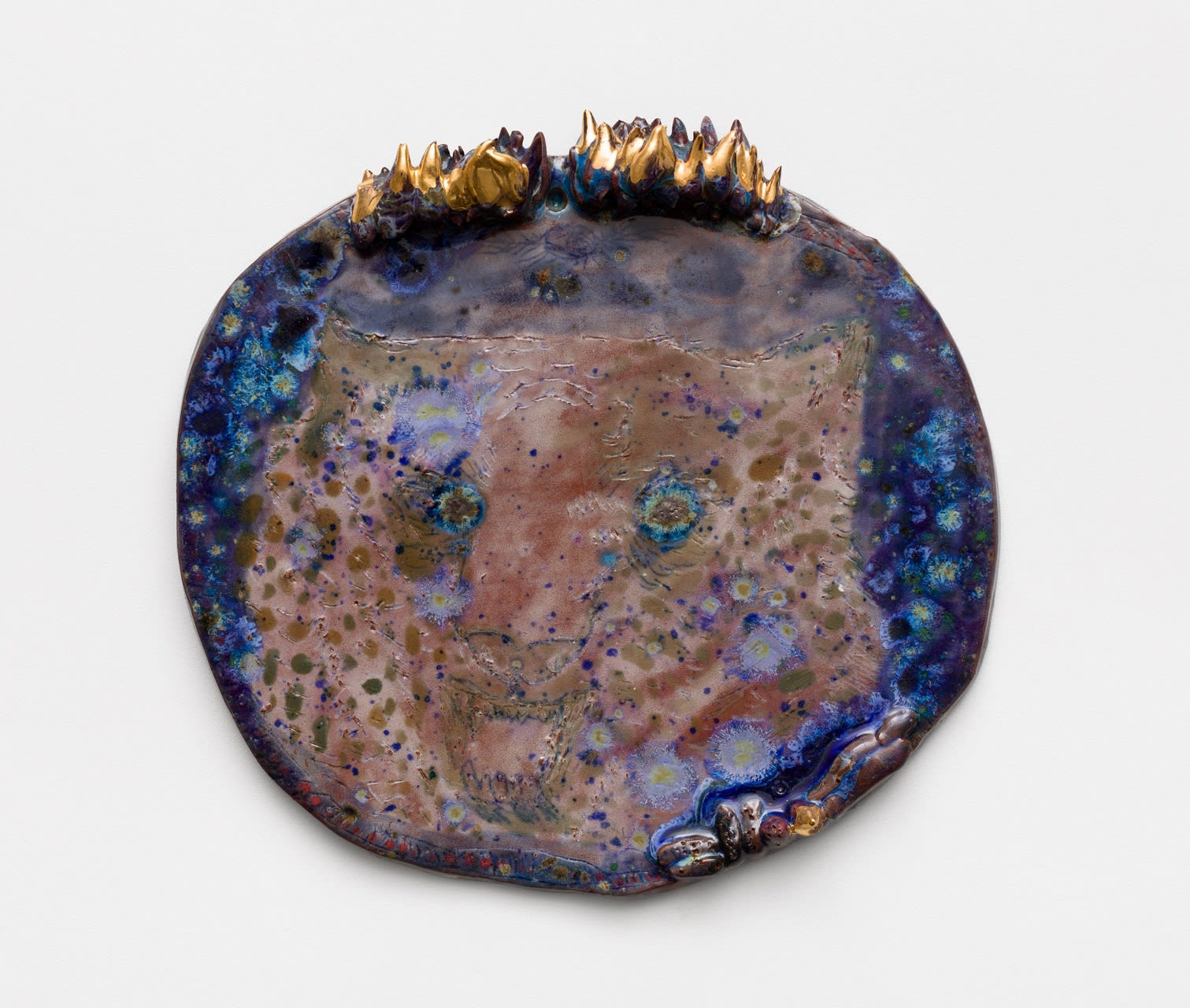“I don’t understand where there is anything that isn’t nature. Everything is nature. The cosmos is nature. Everything I can think of is nature.” ¹
Ailton Krenak
In 1975, artist Manfredo Souzanetto created one of his most iconic works. In a mining region in Serra do Curral, in the Brazilian state of Minas Gerais, Souzanetto changed the words on a sign that stated “It is forbidden to damage trees” to “It is forbidden to damage mountains”. As well as representing the artist’s thematic turn towards ecological discussion, the photographs exemplify a type of positioning that seems to be consolidated today: having a macro-systemic view of the environmental agenda is necessary.
Souzanetto’s work is one of the triggers for the exhibition “Essay on Earth,” a group show that will guide Simões de Assis’ annual program in 2024. As the title suggests, it is a gathering of points of view and ideas about the environment. Works from the 1940s to the present day provide reflections and various uses of nature as a theme, material, and support.
Although the timeline has been considered, this is an exhibition of ensembles that relate to each other based on the approximation - and dichotomy - of concepts such as imagination, rationality, and the transposition or transformation of materials. The exhibition is organized into three sections.
In the first of these, we are introduced to the theme through a fabulous approach. Coexist, for example, the creatures of Chico da Silva, an artist born in the Amazon who transformed the animals and monsters of his youth into a collective practice when in Fortaleza, and two unique paintings by Cícero Dias from the 1940s. In these pieces by Dias, formally associated with a modernist figuration with a European matrix, the painter dissociates fruit and animals as if they were part of a single body. The Lexus of Chico Tabibuia, a sculptor who represented the entity that often appeared to him in a dream in wood, is located in the same space as Kássia Borges’ sculptures. The artist participates with three ceramic totems - a traditional practice of the Karajá ethnic group she belongs to - in that female indices, such as breasts and vaginas, are mixed with graphics and figurations of snakes, an animal with necessary symbolic power for her people because it represents the finitude of life.
Although the transitions between the nuclei and the relationship between works are intended to be organic, a second moment in the show focuses mainly on figurations of natural elements. This is when Luiz Zerbini’s monotypes, which aggrandize seeds and leaves and highlight the more microscopic characteristics of these elements, appear in José Antonio da Silva’s paintings. In the landscapes of the painter from São Paulo, the land is shown in different stages: devastated, plowed, and abundant. Together, the two productions connect in the opposition between macro and micro. From Nilson Pimenta, on the other hand, a deforestation scene reminds us of human action in the environment. The artist has established himself in Mato Grosso and has built up a consistent career based on figurations of the different ecosystems in his region.
At the end of “ Essay on Earth” is a group of works that take on an experimental tone in relation to the previous sections. These pieces move away from figurative and have creative power in materiality. The use of wood, for example, is recurrent in Leonardo Drew, Abraham Palatnik, and Dhiani Pa’saro. In Drew’s case, there is a latent interest in processes related to the organicity of this raw material and its reactions to contact with other elements. Palatnik and Dhiani, though, focus on the compositional possibilities that repetitions and patterns can create. In Palatnik, the core of the investigation is the impression of movement acquired from repetitions, while Pa’saro creates complex marquetry from a complex game of patterning and mirroring.
When asked to rethink our relationship with the planet, we propose crossing moments and trajectories that confirm the environment as a powerful vector for creation and ideas that will enable us to move toward the future.
May 25, 2024











